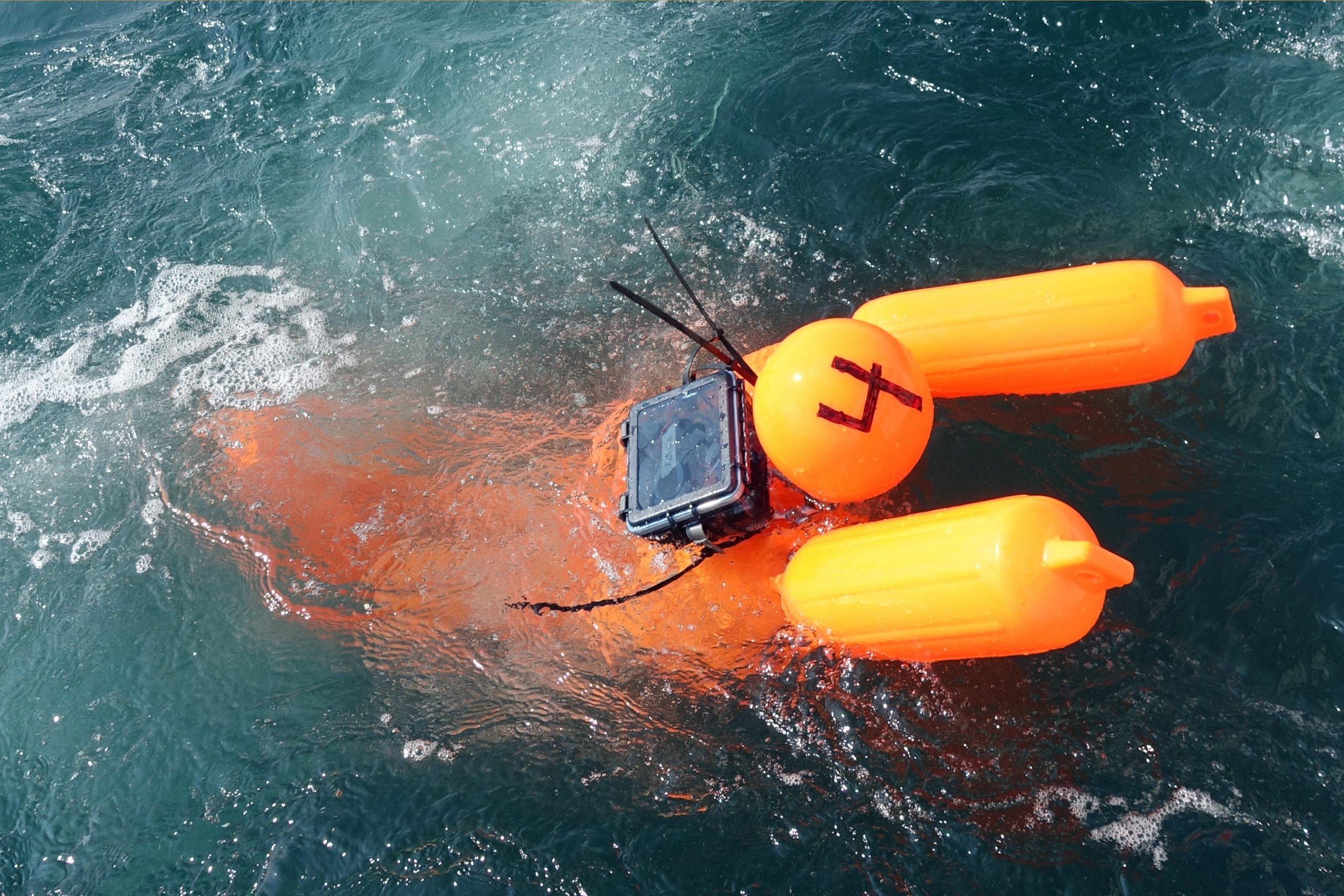
Method may help quickly identify regions where objects — and missing people — may have converged.
When an object or person goes missing at sea, the complex, constantly changing conditions of the ocean can confound and delay critical search-and-rescue operations.
Now researchers at MIT, the Swiss Federal Institute of Technology (ETH), the Woods Hole Oceanographic Institution (WHOI), and Virginia Tech have developed a technique that they hope will help first responders quickly zero in on regions of the sea where missing objects or people are likely to be.
The technique is a new algorithm that analyzes ocean conditions such as the strength and direction of ocean currents, surface winds, and waves, and identifies in real-time the most attracting regions of the ocean where floating objects are likely to converge.
The team demonstrated the technique in several field experiments in which they deployed drifters and human-sized mannequins in various locations in the ocean.
They found that over the course of a few hours, the objects migrated to the regions that the algorithm predicted would be strongly attracting, based on the present ocean conditions.
The team demonstrated the technique in several field experiments in which they deployed drifters and human-shaped manikins in various locations in the ocean.
They found that over the course of a few hours, the objects migrated to the regions that the algorithm predicted would be strongly attracting, based on the present ocean conditions.
The algorithm can be applied to existing models of ocean conditions in a way that allows rescue teams to quickly uncover hidden “traps” where the ocean may be steering missing people at a given time.
“This new tool we’ve provided can be run on various models to see where these traps are predicted to be, and thus the most likely locations for a stranded vessel or missing person,” says Thomas Peacock, professor of mechanical engineering at MIT.
Today’s search-and-rescue operations combine weather forecasts with models of both ocean dynamics and the ways in which objects can drift through the ocean, to map out a search plan, or regions where teams should concentrate their search.
Coupled with the fact that a missing person has likely been continuously floating through this unsteady flow field for some time, Peacock and his colleagues say that significant errors can accumulate in predicting where to look first, when using a simple approach that directly predicts the trajectories of a few drifting objects.
They used a novel “Eulerian” approach, in contrast to more commonly used “Lagrangian” approaches — mathematical techniques that involve integrating snapshots of the ocean velocity due to waves and currents to slowly generate an uncertain trajectory for where a missing person or object may have been carried.
The new Eulerian approach uses the most reliable velocity forecast snapshots, close to the point where a missing person or object was last seen, and quickly uncovers the most attracting regions of the ocean at a given time.
The team has named their approach TRAPS, for its goal of identifying TRansient Attracting Profiles, or short-lived regions where water may converge and be likely to pull objects or people.
“These objects tend to travel differently relative to the ocean because different shapes feel the wind and currents differently,” Peacock says.
The team ran their modeling and prediction systems, forecasting the ocean’s behavior and currents, and used the TRAPS algorithm to map out strongly attracting regions over the course of the experiment.
“People like Coast Guard are constantly running simulations and models of what the ocean currents are doing at any particular time and they’re updating them with the best data that inform that model,” Peacock says
